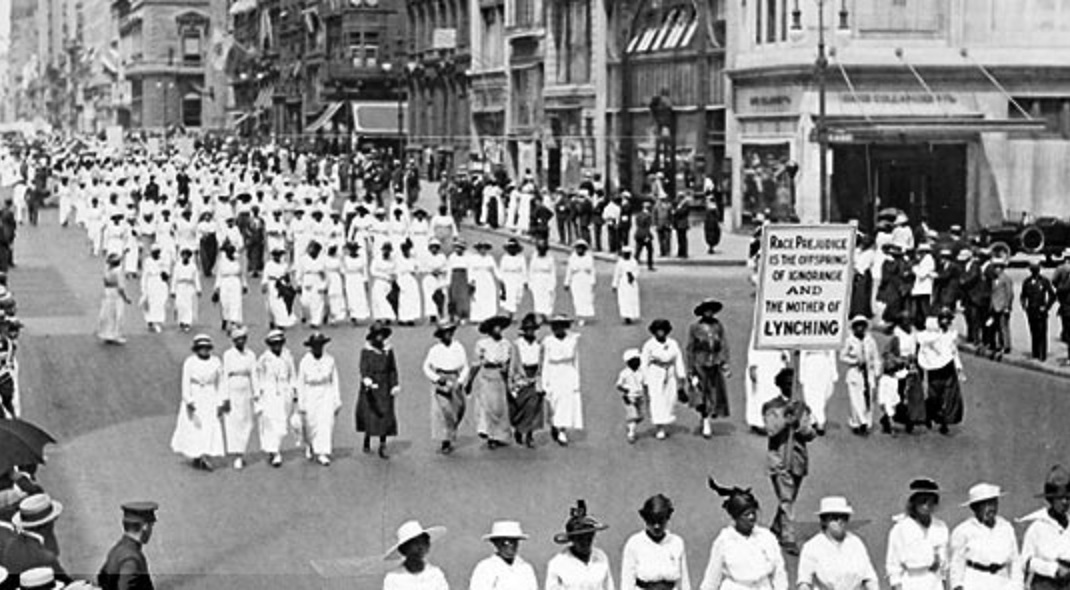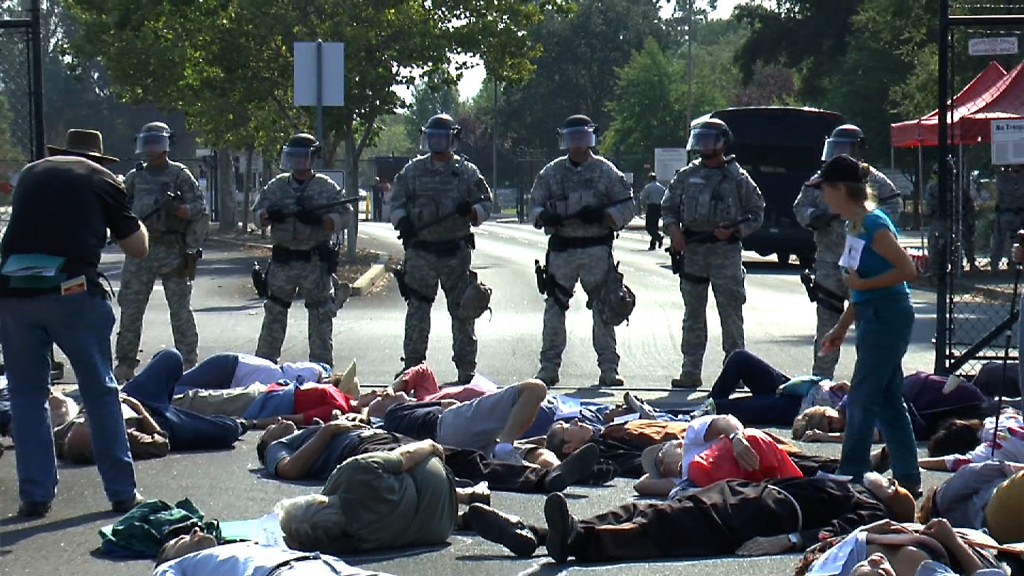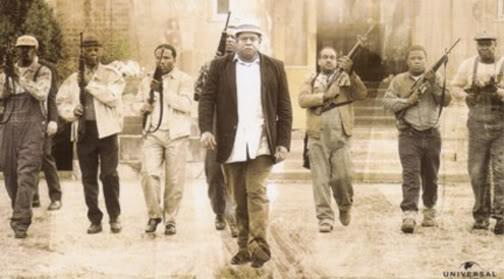This is the fifth installment in a multi-part series. Browse the Protective Use of Force index to read more. via Deep Green Resistance UK Gene Sharp, founder of the Albert Einstein Institution, a non-profit dedicated to the study of nonviolent action, defines nonviolence as “the belief that the exercise of power depends on the consent of the ruled who, by withdrawing that consent, can control and even destroy the power of their opponent. In other words, nonviolent action is a technique used to control, combat and destroy the opponent’s power by nonviolent means of wielding power.” [1]Nonviolence can be described as principled or pragmatic, reformist or revolutionary. Robert J. Burrowes describes how revolutionary nonviolence aims to cause significant, long term change and works towards a peaceful, egalitarian and sustainable society. [2] The Gandhian form of principled, revolutionary nonviolence is sometimes referred to as orthodox nonviolence. [3] Nonviolence can also be categorised as actions either of concentration or dispersal. Actions of concentration involve people coming together for marches and protests. Actions of dispersal would be boycotts and stay-at-home strikes, or other distributed action. [4]In Strategic Nonviolent Conflict: The Dynamics of People Power in the Twentieth Century, Peter Ackerman and Christopher Kruegler differentiate between nonviolent sanctions and principled nonviolence, pacifism, or satayagraha. Sanctions are the use of methods to bring pressure to bear against opponents by mobilizing social, economic and political power without causing direct physical injury to the opponents. Some nonviolence advocates argue that nonviolence and pacifism get confused, when they are in fact very different. [5] Principled nonviolence is synonymous with pacifism or Gandhi’s satayagraha or “truth force.” In Pacifism as Pathology, Ward Churchill describes pacifism as promising “that the harsh realities of state power can be transcended via good feelings and purity of purpose rather than by self-defense and resort to combat.” [6] Churchill argues that proponents of requisite nonviolence believe that nonviolent resisters must not inflict violence on others but may expect to experience violence directed against them. [7]Peter Gelderloos describes how nonviolent activists seem to prefer one term or another—“pacifism” or “nonviolence”—some making a distinction between the two; he also notes that these distinctions are often inconsistent. Nonetheless, pacifists and nonviolent activists tend to work together with little concern for their chosen identity or ideological label. Gelderloos defines pacifism/nonviolence as a way of life or a method of social activism that avoids, transforms, or excludes violence while attempting to change society to create a more peaceful and free world. [8]Gelderloos also takes issue with pacifists or nonviolent activists who distinguish themselves as revolutionary or non-revolutionary. He maintains that both groups work together, attend the same protests and generally use the same tactics. It is their shared vision of nonviolence, Gelderloos argues, and not a shared commitment to revolutionary goals, that primarily informs with whom they work. [9]Bowser identifies pacifists as holding two unifying beliefs: beliefs in anti-war and anti-oppressive violence. He uses the term “pacifism ” to mean ineffective, disengaging non-resistance and the term “active nonviolence” to describe offensive, creative action, where those practicing it put themselves in physical danger and engage in direct action, property destruction, and civil disobedience. [10]“Civil disobedience” is a term coined by Henry Thoreau in 1849 in his essay of the same name. He describes civil disobedience as willful disobedience of laws considered unjust or hypocritical. Sharp defines civil disobedience as a “a deliberate, open and peaceful violation of particular laws decrees, regulations, ordinances, military or police instructions, and the like which are believed to be illegitimate for some reason,” adding that “civil disobedience is regarded as a synthesis of civility and disobedience, that is, it is disobedience carried out in nonviolent, civil behavior.” [11]Lierre Keith, one of the founders of Deep Green Resistance, considers nonviolent direct action to be the most elegant political technique that has been used successfully over the last fifty years around the world. She describes how unlikely it is to shift the stance of those who have a profound moral attachment to true pacifism. She also maintains that those who support direct action using force or militant tactics need the support of nonviolent activists. She emphasizes that it is not helpful to get into conflict with these activists and that it is better to thoughtfully engage and disagree.
...




